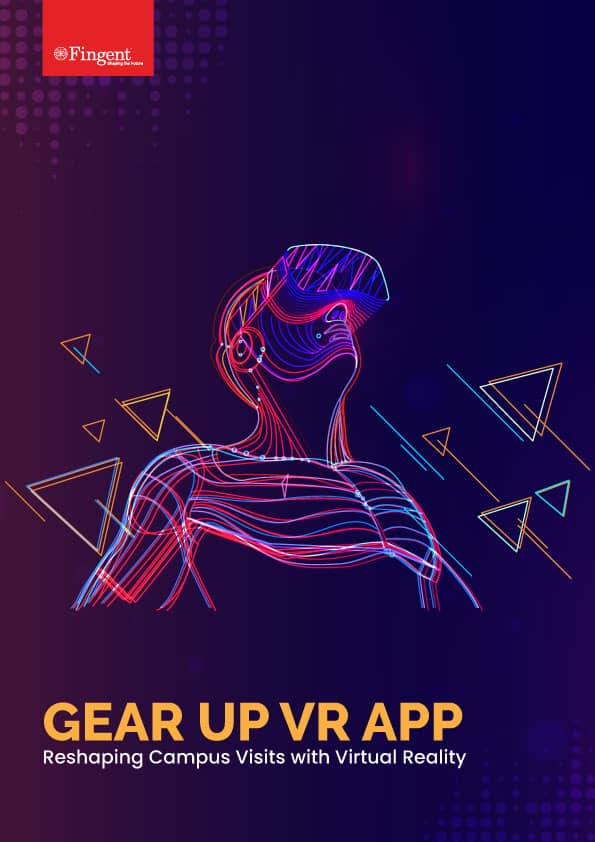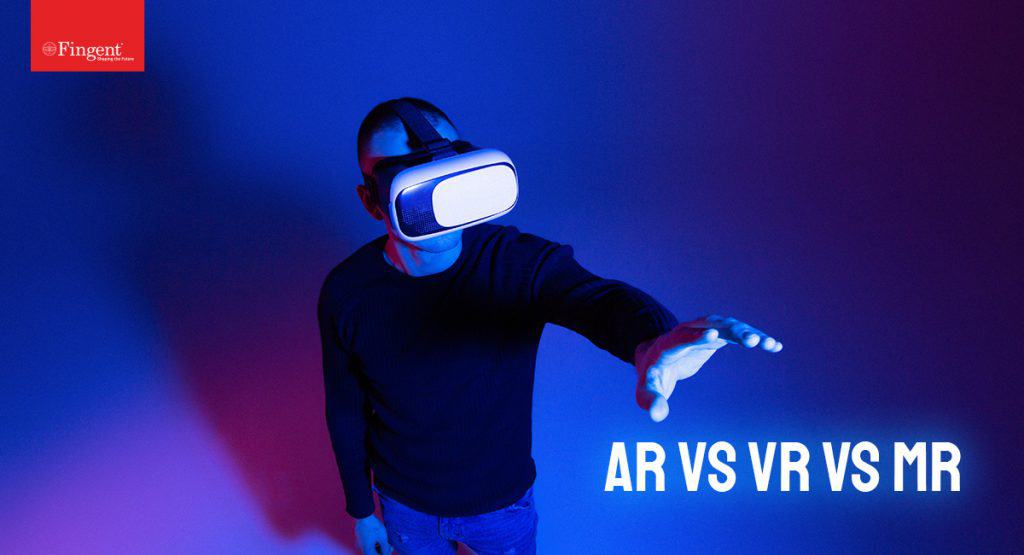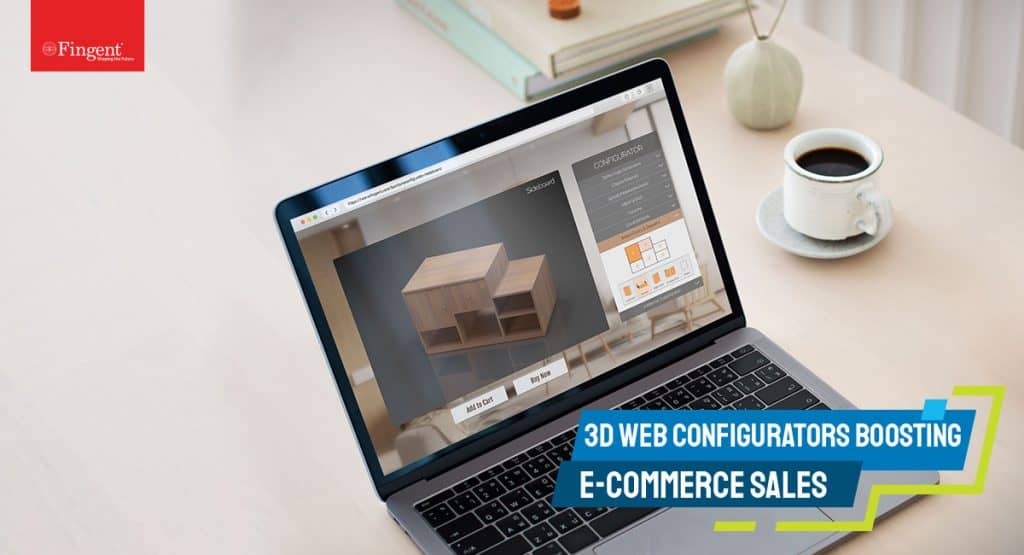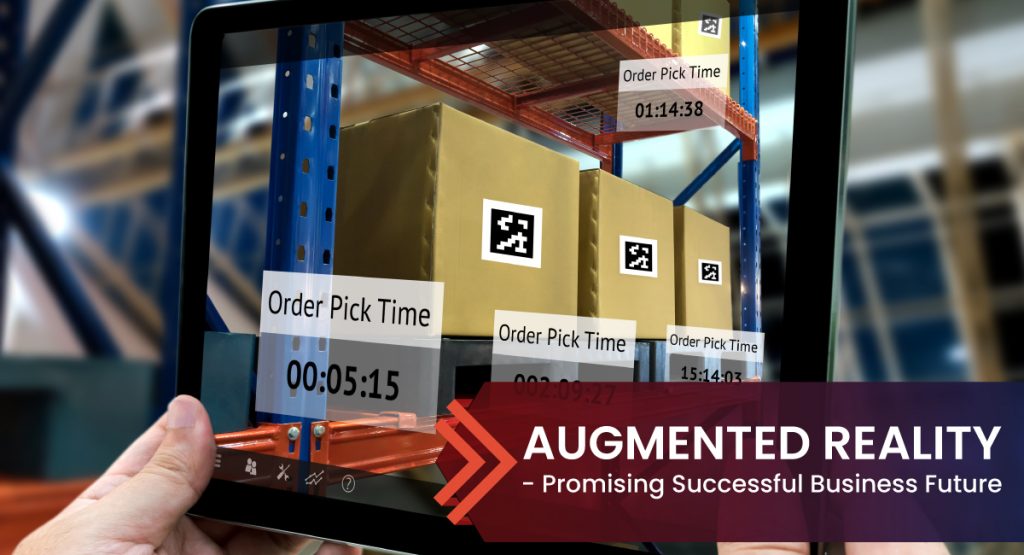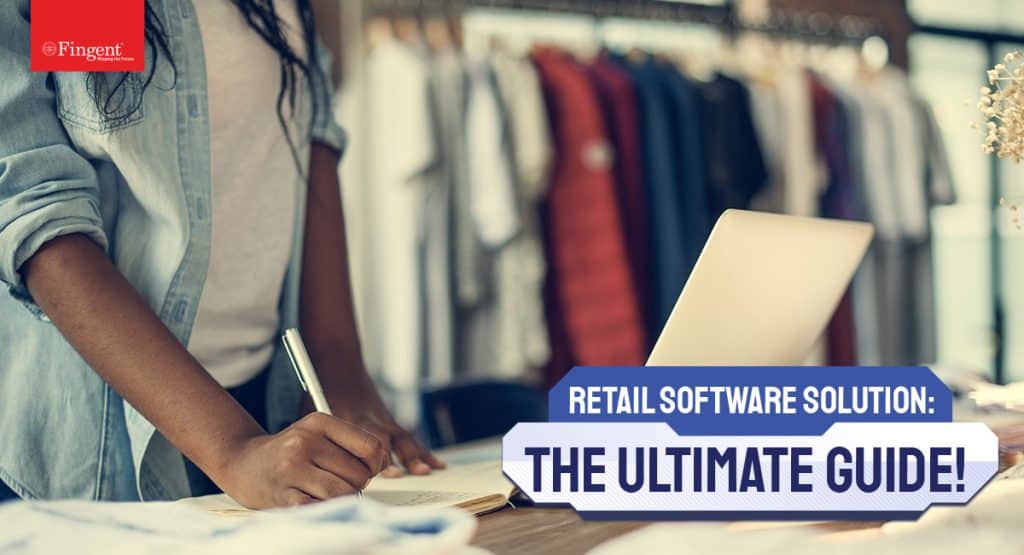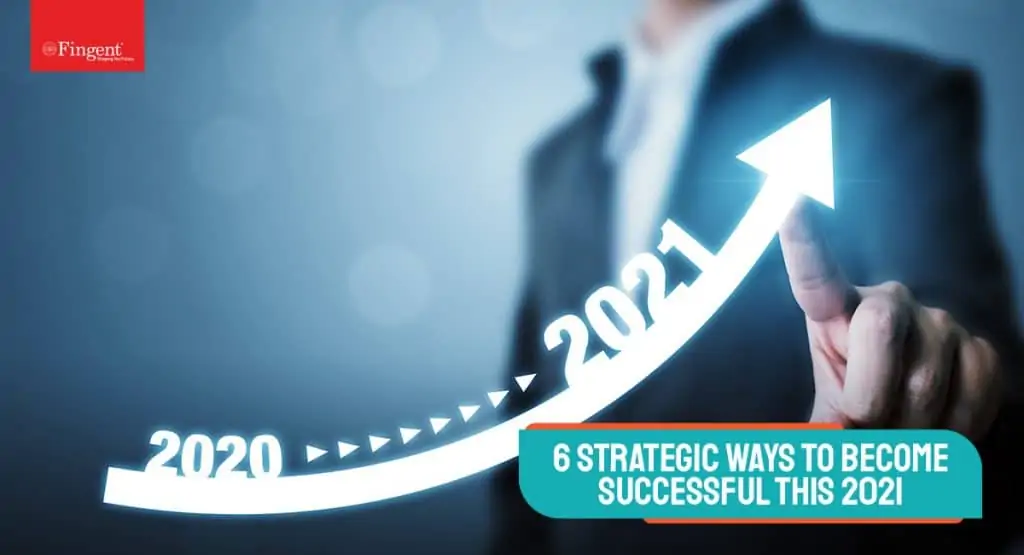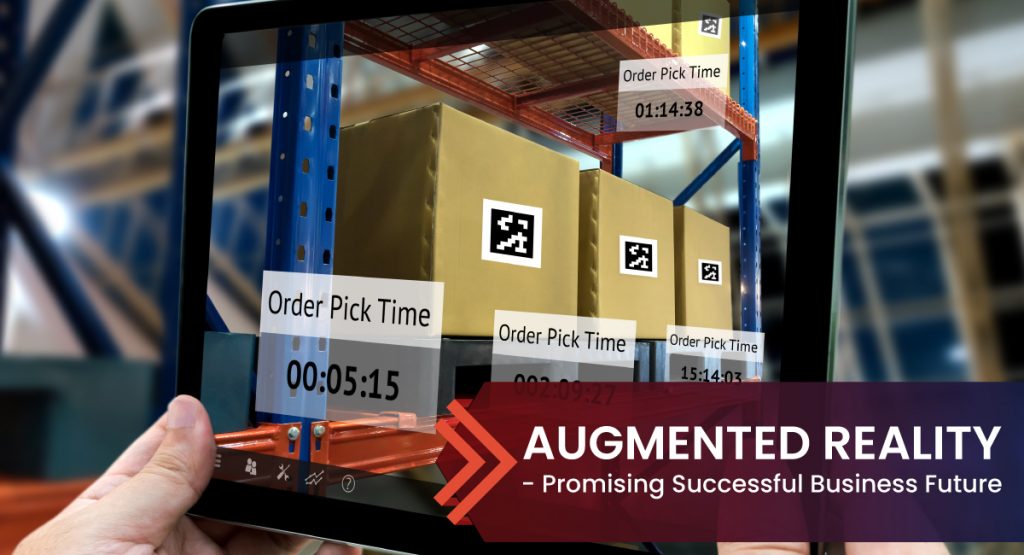Tag: 3D configurators
In recent times, the retail world has been on a rough and rigorous ride. From the e-commerce boom to the pandemic flipping consumer habits, the entire industry has had to adapt, and fast. In 2020, U.S. e-commerce sales jumped a massive 43% from the previous year, hitting $815 billion according to the US Census Bureau. What does that mean for retailers? Two things: the old way of doing things is not going to cut it anymore, and customers now expect more than just a website with pictures. They want experiences. Personalization. Control. Enter the 3D Product Configurator eCommerce solution. It is not just flashy tech—it is a strategic tool that can future-proof your retail game. Here are the Product Configurator benefits for retail that you can’t ignore!
The Evolution of Retail: From Window Shopping to Screen Tapping
Remember the days when shopping meant strolling through malls, touching fabric, flipping over price tags, or having that helpful sales assistant suggest something you didn’t know you needed?
Those days aren’t gone, but they’re definitely sharing the stage with screens. Consumers today have swapped store aisles for scrolling. But that does not mean they want fewer products—they just want them differently.
Though the online stores can’t replicate touch and feel, they can deliver immersive, visual, and interactive experiences that make a customer feel seen, heard, and involved. That’s where the Product configurator in e-commerce comes in. It is not just part of the evolution—it is the missing link between online convenience and in-store experience.
Give Your customers The Power To Design Their Products
Why Immersive Matters – Especially Now!
Immersive is not about razzle-dazzle. It is about relevance.
In today’s online-first world, retailers are no longer just selling products; they’re selling certainty. That matters now more than ever. Why? Because the trust gap has widened. When you can’t touch or try a product, you rely solely on what you see.
Static images and bullet-point specs aren’t enough to build that trust anymore. Immersive 3D tools bridge that gap by replicating what customers lost when shopping moved online: the confidence that comes from personal interaction.
Here’s the point you must note: immersive experiences rewire how people make decisions. Studies in neuroeconomics show that decision-making is more emotionally driven than logical. When users interact with a product through a 3D Product Configurator eCommerce tool, it stimulates emotional investment. It is theirs. They built it. Now they want it.
It also cuts down the biggest conversion killer in online shopping: uncertainty. That’s why immersive matters.
What Is 3D Configuration?
Imagine digital Lego designed for grown-ups.
A 3D Product Configurator enables users to create, personalize, and see products instantly—from selecting the design of a coffee table to choosing the interior for a bespoke cabin. Rather than speculating on what the final product could appear as, customers witness its development unfold directly before them.
It is simple. It is satisfying. And it sells.
And here’s the twist: this is not just a “nice-to-have.” The Product Configurator Benefits for retail go way beyond cosmetics.
Why Retail Needs 3D Now More Than Ever
Here’s a hard truth: consumer expectations have outgrown traditional online shopping.
Think about it. People can design their own video game characters, edit cinematic-quality photos on their phones, and interact with AI assistants daily. But what happens when it comes to buying a piece of furniture or a pair of running shoes? They still get five photos and a dropdown menu.
That gap is not just awkward—it is costly.
3D Product Configurator eCommerce tools allow brands to finally catch up to their customers. They meet people where they are—in a world of hyper-personalization and digital interaction.
Retailers also face a new reality: shrinking margins and rising acquisition costs. You can’t afford to keep attracting new buyers without also increasing their lifetime value. That means keeping them engaged, helping them buy smarter, and giving them fewer reasons to return a product.
3D configurators do all three. They’re not gimmicks. They’re practical, scalable tools that:
- Reduce buyer’s remorse
- Increase satisfaction and retention
- Deliver data that drives better product development
But more importantly, they solve real-world problems:
- Shoppers who design their own products are less likely to return them.
- They are bound to spend more time on your website.
- They never forget your brand because of the personalized experience.
These aren’t just guesses. They’re the real Product Configurator Benefits for retail.
Additionally, we are in a time of digital narratives. The successful brands don’t merely display their products; they empower customers to be the heroes of the experience. When individuals are able to produce something on their own—a personalized t-shirt, an ideal cabin, a unique shoe—they don’t merely buy something. They make a memory.
So here is the irrefutable logic: Product configurator in ecommerce turns transactions into stories. And stories stick.
Boost Your Business Brand Value! Give Your Customers Unique Experiences with 3D Product Configurators
What Are The Benefits of a 3D Product Configurator?
Let’s break it down:
1. Boosted Customer Engagement & Satisfaction
People don’t just want products anymore. They want to be part of the creation or the design process. Giving them that power leads to stronger emotional connections and happier customers.
2. Lower Return Rates
When people know exactly what they’re getting, they’re less likely to change their minds after clicking “buy now.” That means fewer headaches (and shipping costs) for you.
3. Personalized Insights
Every click, every color swap, every change? It is data. And that data tells you exactly what your customers like—no surveys needed.
4. Improved Brand Perception
Brands using 3D look innovative and customer-focused. It says you’re serious about experience, not just sales.
5. Streamlined Operations
With real-time customization, your backend processes get sharper. No more back-and-forth emails or vague order notes.
These are the real Product Configurator Benefits for retail that matter.
True Stories: How Real Brands Are Winning With 3D
Let’s take it from the boardroom to the real world.
Case Study: Cabin Building Gets a Digital Makeover
One outdoor lifestyle brand wanted to help people design their dream cabins. But without a massive showroom, how could they let customers experiment with layouts, materials, and finishes?
Fingent stepped in and built a 3D web configurator that lets users design their dream cabins online. With just a few clicks, customers could see their vision come to life. Sales teams loved it because they got cleaner, more confident orders. And customers? They felt like architects of their own adventure. Read the full case now!
Case Study: Customized T-Shirts That Click
A leading textile printing company needed to step up its game. They wanted to let people design custom t-shirts online, but it had to feel slick, fast, and fun.
So, with Fingent’s help, they built a 3D configurator. Suddenly, customers could preview designs on actual t-shirt models—rotating, zooming, adjusting colors. This wasn’t just good for sales; it was great for satisfaction. People got exactly what they wanted, the first time. Read the full case here
Need More Convincing That 3D Configurators Really Work?
It is not just about looking cool. Let’s talk outcomes:
- Companies that use 3D configurators have claimed up to 40% higher conversion rates.
- Return rates drop considerably, thanks to better pre-purchase clarity.
- Customers engage with 3D products for double the time compared to static products.
Those are numbers worth paying attention to. They’re also the reason the Product Configurator Benefits for retail are being noticed by everyone from boutique startups to global giants.
The Future Is In Custom Solutions
The way people shop has changed, and it is not going back. Personalization, immersion, and interactivity are the new gold standard.
The Product Configurator benefits for retail are clear: better engagement, happier customers, fewer returns, smarter insights. And with tools like 3D Product Configurator eCommerce, you’re not just keeping up—you’re leading the way.
Because in the end, the brands that thrive are the ones that let their customers create, not just consume.
Can 3D Web Configurator Help Boost Ecommerce Sales?
How Retailers Can Start
You don’t need an enormous tech team or invest millions in Research and Development to get started. You just need the right partner.
That’s where Fingent comes in. We don’t just build configurators; we build solutions that match your brand, products, and customers. Whether you sell furniture, fashion, cabins, or coffee mugs, our team can help you create a custom 3D experience that works.
We handle the tech. You focus on selling smarter.
Curious? Check out our work and let’s talk!
Stay up to date on what's new

Featured Blogs
Stay up to date on
what's new



Talk To Our Experts
The implementation and development of immersive digital technologies such as Artificial Intelligence, Augmented Reality, Virtual Reality, Machine Learning, and 3D Configurators have drastically changed the way the world works. These technologies have proven their importance in innumerable fields and applications such as the communication and IT Service industry, Real Estate Industry, Manufacturing Industry, and many more.
In this article, we will discuss about three of these world-changing technologies and their application in the field of real estate, so buckle up and let’s get started!
AR In Real Estate
When you own a real estate business you already know that it is an ever-changing business. One day its ways of marketing are traditional and the next to take a 180 degrees turn to a completely modern approach. In this fast-paced industry, the use of Augmented Reality tilts more odds in your favor. Before we move any further let us first reiterate the meaning of Augmented Reality.
Augmented Reality (AR) is the real-time integration of digital information with the user’s environment in the form of text, graphics, audio, and other virtual enhancements integrated with real-world objects.
Although the conventional way to purchase property may be exciting, it can also be extremely tedious and time-consuming. The implementation of Augmented Reality has made this daunting process easier and less time-consuming. AR has successfully instigated realtors, builders, and real estate agents to take the leap of faith toward the digital front. With the help of this technology, they can offer better customer experience, faster purchase process, exciting tours, and boost their overall conversion rate.
Through AR clients can explore several properties and tour these properties virtually with just a few clicks in the comfort of their homes. This magical AR teleportation significantly saves valuable resources of time, energy, and money. If none of these are reasons enough, it also makes the entire process more exciting and fun.
Read more: Augmented Reality, Virtual Reality, and Mixed Reality detailed with Real-Life Examples!
Top Benefits Of Augmented Reality In Real Estate
1. Time-Saving
Augmented reality real estate applications show customers information about the building infrastructure, their effective energy rating, panes of glass used, materials used for construction, and even information about the vicinity of schools, hospitals, and community centers around the property. Although the initial installation of AR applications for real estate may cost a lot, in the bigger picture, it saves you money. MagicPlan is one such app that focuses on generating floor plans from photos helping buyers and tenants get a better sense of how to use the space and meet their needs without wasting much time and money on multiple site visits.
2. Visualization
Details about building construction can be boring to have to screen through but when you add the element of augmented reality, clients get to emerge themselves into the dimension of the property. This keeps them engaged and interested. Augmented reality applications let the customer view the property from different angles not just the bits that are captured from a camera. Vera is an apt example. The application can transform buildings into digitally reconstructed buildings from the inside out through highly accurate three-dimensional visualizations
3. Enhance Customer Experience
With all the above-mentioned benefits, customer experience is already bound to be boosted due to AR. Virtual staging enables customers to customize the interior décor and view finished goods and furniture before putting them in place. The entire experience is guaranteed to boost the client’s level of satisfaction. RealAR, an app transforming 2D floor plans and 3D models into full-blown life-size walkthroughs, gained maximum fame during the pandemic, enabling time-saving and cost-effective floor planning.
VR In Real Estate
Just like AR even Virtual Reality has set its claws deep into the real estate industry. These two technologies generally go hand-in-hand making them a dynamic power couple.
Virtual Reality is a computer-generated simulation of any 3D image or environment that is made to be interactive in a seemingly real or physical way by an individual using special electronic equipment, such as a VR helmet.
VR meets real estate at the intersection called 3D walkthroughs. These walkthroughs are a brilliantly immersive experience that enables customers to interact with the virtual environment and tour the property as if they were actually on the plot. It is no doubt that VR real estate is the next big thing in this industry and almost every VR app development company offers a specific spectrum of services in the virtual reality that cater to real estate segments. VR walkthroughs became famous during the COVID pandemic and have continued to thrive ever since.
Benefits Of VR In Real Estate
1. Immersive Property Showing
After visualizing the property most customers want to interact with it and try to cop a feel of the surrounding, VR comes in handy here. VR’s biggest strength is seen here with its ability to showcase property with a realistic and immersive experience, giving the client a chance to thoroughly explore the property. This sense of realism, familiar physics, and interactive nature unite together to create a truly immersive property showing. Virtual 360-degree walkthrough tours of the interior and exterior of the house without visiting the property in person is one major example of VR utilized for property visits.
2. Virtual Staging And Interior Design
Virtual staging is essentially being able to adjust the elements in your surrounding and furnish rooms however they like while viewing the property through virtual reality. By letting the customer customize the interior décor and design of the property, VR creates a more enhanced customer experience. VR developers can create enticing features like allowing the user to change the materials in space, try different furniture settings, modify the floor plans, or check the view from innumerable angles.
3. Collaborative Virtual Meetings And Presentations
Collaborative Virtual meetings are a method of communication that is technologically mediated and can facilitate engagement in remote and hybrid places. This simply means that customers from all over the world can view the property and interact with the real estate agency to make a purchase through these meetings and presentations. With the assistance of VR, you don’t even have to be in the same country in order to browse for property there.
Here’s an example of how Virtual Reality has eased campus visits for students, especially for those geographically challenged to explore the various educational options offered by universities.
3D Configuration In Real Estate
Real estate prices across the world are skyrocketing, and people can’t afford to spend extra money on renovations after a building is raised. If purchasing the right property is challenging, constructing a building that meets all your needs is a bigger headache, but with the help of 3D Collaborative tools, this process becomes seamlessly easy.
3D visualization tools can assist users in designing digital buildings while displaying and configuring them in real time with photorealistic detail.
Benefits of 3D Configurations In Real Estate
1. Customization And Personalization Of Properties
3D Configurators help clients personalize their environment to meet their specific needs and keep the agency more customer-centric. It allows customers to select from a range of customizable options such as flooring, furniture, colors, lighting, and exterior views. 3D configurations are essentially a way to let customers personalize property to their specifications. Enabling 3D views of construction sites and updated reports even before construction starts saves time and money.
2. Real-time Pricing And Cost Estimates
Detailed 3D configuring can make justifying prices, placing quotes, and ultimately selling property much easier. The 3D configuration also provides clients with a detailed view of a property, enabling them to understand the features and aspects that drive its true value. It gives an overall understanding of special features such as underground parking, nearby schools, fancy landscapes, and more.
3. Designing And Visualizing Floor Plans
When you use 3D Configurators your project can be displayed in astonishing detail at any stage of construction. Customers can learn and see everything involved in the project and even take virtual tours around the property. They can visualize the floor plans, project specifications, materials, and much more. 3D visualization allows users to witness photorealistic imagery and enhance the elegance of the property on sale, including its interior and exterior views. Enabling 3D visualization models of real-estate designs helps get a clear idea of what the comp[leted project will look like.
Read more: Leveraging 3D Configurators for Customer Engagement
Integration And Synergy Of AR, VR, And 3D Configuration
Integration is the combination of various elements to form an efficient system and synergy is formed when multiple systems work together towards a shared goal. When it comes to the above-discussed technologies, the synergy they form together is powerful and has left a strong indentation on the real estate industry.
1. Combined Applications And Benefits Of AR, VR, And 3D Configuration:
There are innumerable benefits of AR, VR, and 3D configurations in the real estate industry, such as – familiarity with the property, objective evaluation of the plot, high level of attention to detail, widening global opportunities, and a great marketing tool.
2. Enhanced Customer Experience And Engagement Through Integration:
As seen above, all three of these technologies have several strengths on their own, and when integrated, they form a mighty force. This powerful experience is the path to great customer experience and interactions, ultimately leading to increased profits.
3. Common Challenges Faced In Implementing AR, VR, And 3D Configuration For Real Estate Businesses:
Just as any new development would, even this integrated solution has its fair share of challenges: Cost of implementation, tossing agents out of employment, and the need to educate employees about the management of new technologies.
How Fingent Can Help
Today’s tech-savvy customers demand prompt responses, service efficiency, and enhanced experiences. To match up with the rising customer demands, Real Estate companies have no option but to adopt modern technology. AR, VR, and 3D Web Configurators are a few modern technologies enabling the Real Estate industry to create new paths of success opportunities. Fingent’s expertise in the domain has enabled many companies in real estate to innovate for better operations. Our experts use the latest technology to develop custom software solutions that cater specifically to unique property management challenges. Connect with our experts today to learn more about how we can help transform your property management business with custom-built technology solutions.
Stay up to date on what's new

Featured Blogs
Stay up to date on
what's new



Talk To Our Experts
While Augmented Reality(AR) and Virtual Reality (VR) have existed for quite some time, it has only recently had a revolutionary influence on the corporate sector. However, in the next few years, both AR and VR will compel every business to leverage it in some form to drive growth. According to Statista, the AR-VR market will grow up to $209 billion by 2022 worldwide. Additionally, the report states that the AR and VR application downloads are expected to reach 5.5 billion by next year.
A recent study suggests that consumers are more likely to buy from a brand that leverages immersive technologies to market themselves. AR and VR technologies help customers explore virtual showrooms, touch, feel and experience products and completely transform the shopping experience. From a 360-degree catalog to an engaging digital experience, both AR and VR technologies can help shoppers to immerse themselves into the Ecommerce experience and at the same time accelerate sales and drive growth.
Read more: Augmented Reality, Virtual Reality, and Mixed Reality Detailed with Real-life Examples
Benefits of AR and VR
According to reports, about 78.65% of shoppers abandon their carts before completing their purchase. This shows the need for new ways to persuade customers to go ahead with the items in their carts and make the payment. Also, the pandemic has changed the customer behavior towards Ecommerce immensely, and customers now want to interact with your products digitally before visiting your store.
Sephora, IKEA, and MOSCOT are a few Ecommerce brands already using AR and VR to help convert prospective customers to clients.
Here are a few benefits!
1. Reduce friction in the online buyer journey
While the pandemic has accelerated Ecommerce adoption, some friction in the online buyer journey still exists. AR and VR help reduce that friction. Both AR and VR technologies enable consumers to find products quickly and try them on before purchasing them. Customers can also use the VTO technology to find answers to their queries without speaking to the customer service team.
Put simply, these immersive technologies disrupt customer experience completely and help convert a prospect to a client.
2. Improves digital marketing efforts
Facebook is piloting AR Ecommerce ads, and Google plans to incorporate AR product images into both paid and organic search results. Going ahead, AR and VR may improve the online marketing efforts of businesses.
3. Reduce returns
The ‘try-before-you-buy’ ability of AR and VR technology gives shoppers the chance to visualize a product and even try it on virtually, making them more confident in their purchasing decision. This eliminates the need to buy several versions of the same product and thus helps reduce returns, especially in the fashion industry.
Read more: What are 3D Web Configurators? How do they Boost Ecommerce Sales and Drive Customer Satisfaction?
Top 6 Ecommerce AR-VR Trends for 2024
1. Virtual Showrooms
Virtual stores are going to change the way people shop. A virtual showroom converts an empty room into a digital one completely and helps customers explore a variety of products. VR glasses allow customers to view distinct products along with their characteristics just as they would in a physical store.
For example, Kia, an automotive brand, is already taking advantage of VR’s benefits in its Ecommerce. Their customers can go through different car models virtually and choose a car easily. In addition, Kia allows their prospective clients to drive their dream cars on a 1-1 scale.
2. Virtual ‘try-on’
By 2024, it is estimated that a vast majority of Ecommerce stores will incorporate more virtual try-on technologies. This will help customers with what they’re buying. For example, the AR-embedded mirrors enable customers to ‘try on’ their desired clothes or shoes without actually wearing them.
While the virtual try-on solutions are popular in clothing and shoe stores, it is now available for furniture, makeup, eyeglasses, and accessories.
3. In-store Navigation
Augmented Reality makes it possible for customers to easily tour a shopping mall and find what they have been looking for exactly. In-store navigation powered by AR mostly comes in the form of a mobile app. These apps leverage advanced programming language features such as Python try-catch to provide users with much more than just AR routing.
AR-driven apps can help shoppers find an optimized shopping route, show the desired product’s exact location, and even guide them to gifts and discounts sections. For example, Lowe, America’s leading home improvement brand, uses an in-store navigation app to help customers shop conveniently.
4. AR Filters
Many businesses are leveraging AR filters to help their customers visualize products and make informed purchase decisions. Customers can try on products such as sunglasses, makeup products, and more using AR filters.
Warby Parker Sunglasses Company and Sephora are using AR technology to win their customers. Sephora has developed a virtual assistant that uses facial recognition to help customers try on different colors of makeup.
5. VR for In-store Experience
With customer behavior shifting to online shopping, Ecommerce businesses must consider investing in VR to close the gap between traditional stores and online shopping. With 3-D products, customers can move around in a VR store, interact with friends and even ask a virtual staff member for support if need be.
6. Interactive User Manuals
In years to come, interactive user manuals will become the norm, especially for online stores that sell a steep learning curve of a coffee machine. Customers can simply scan the product and get access to a virtual walkthrough of the product and understand its features, set up process, and more.
Read more: How Top Brands Embrace Augmented Reality for Immersive Customer Experiences
Wrapping Up
From furniture, luxury cars to makeup, Augmented Reality and Virtual Reality have brought about tangible transformations. As they deliver real and measurable results to online brands, they are indeed here to stay!
As a professional software development company, we help you realize unique concepts and projects. With our VR and AR services, we help create unusual solutions for your business. Our cost-effective AR/VR apps enable businesses to boost operational efficiency and drive user engagement. As a result, our solutions help businesses unlock unique opportunities that scale business growth and efficiency.
Leverage AR/VR for your Ecommerce business today! Our team of custom software development experts at Fingent can create the best solution for you. Call us now!
Stay up to date on what's new

Featured Blogs
Stay up to date on
what's new



Talk To Our Experts
Add More Zest to Your Ecommerce Marketing and CX with 3D Web Configuration
Having a digital infrastructure is inevitable, but it just isn’t enough to keep up with the competition. Achieving business success is about “wowing” your e-commerce buyers. In the post-pandemic world, businesses must find engaging and innovative ways to increase customer satisfaction and experience. A recent Frost & Sullivan study showed that by 2020, customer experience would overtake price and product as a key brand differentiator. True to this, business in 2020 was entirely driven by customer experience.
View Infographic: Business Technologies to Boost Customer Experience and Satisfaction
Local shoppers switched to online shopping, door deliveries were encouraged, telemedicine became more popular, mobile and internet banking users increased, and even classrooms became virtual.
So, how do you “wow” your customer in this age of online shopping? By giving them as close to the real experience as virtually possible!
How do you do that? With a 3D configurator!
A 3D product configurator allows your customers to see exactly how your product looks, acts and feels. It gives them a personal connection with their potential purchase. 3D configurators have become an integral part of the sales process and rising customer expectations during the pandemic, making it vital for specific industries.
This blog helps you understand what a 3D web configurator is and how it can help increase your e-commerce sales and boost customer satisfaction.
Read more:How Custom Retail Software Solutions Help You Gain a Competitive Advantage?
What is a 3D Web Configurator?
In the past, customers were satisfied to see a static photograph that they could easily zoom in and out. However, with the changed circumstances and digital development, customers would like to view how various product designs or features would look in real-time, allowing them to spin, zoom, scroll, and rotate. That is precisely what a 3D web configurator allows your customers to enjoy.
A 3D web configurator is defined as an interactive tool powered by 3D models that lets your customers personalize a product to their specifications in real-time. Plus, it allows them to choose custom options and watch them transform instantly, and receive estimates of the costs based on their customizations.
This service gives your customers the feel of being at your store because it gives them the ability to get the feel of the product, such as the color, texture, and other aspects of your product. Customers can watch it from any device without using plugins.
Essentially, 3D configurators are not just for retailers and car companies. All industries that sell customizable products can benefit from letting their customers see how their products look in real-time. Once this service is implemented, you can increase your ecommerce sales and boost customer satisfaction.
Read more: 6 Ways to Accelerate Business Growth and Success in 2021
How does a 3D Web Configurator Work?
A 3D web configurator accomplishes two pertinent e-commerce goals:
- A detailed exploration of your products
- The ability to customize the product to a customer’s specific needs
When your customers have not zeroed in on a particular product, your 3D configurator steps in to display different combinations and options for that product to inspire them to make an informed decision. In effect, your 3D configurator will help them check out the colors, styles, material and combine them in different ways until they create a personalized product. Then, as they mix and match their specifications, your configurator will allow them to see their combinations in 360-degree, in real-time mode, along with the price. Such precise control over their product will encourage them to make a purchase.
Read more: How Top Brands Embrace Augmented Reality to Deliver Immersive Customer Experiences
How 3D Web Configurators Boost E-Commerce Sales and Customer Satisfaction?
1. Enable omnichannel experience
As mentioned at the outset, 3D configuration solutions do not require a third-party plugin which limits the number of customers who can view your product. Above all, it can be formatted for events or used in interactive stores as it can also work offline. Such interaction encourages your customers to participate in your productions, ensuring you understand their choice and budget.
2. Grow your e-commerce sales
Your customers will have proactive control of what they want to buy as 3D configuration solutions allow them to try out various combinations virtually. Once you know their exact requirements, you can minimize errors, misunderstandings, and mistakes between you and your customer.
3D web configuration reduces barriers to the market as you will be able to release the options to your customers during the first stage of product development. Thus, you can grow your e-commerce sales as your customers know that you understand them clearly and provide them with quality products.
3. Save costs
3D web configurators can redefine and shorten the sales cycle as real-time customer responses/ reactions can help you create better outcomes. This allows you to track consumer behavior in real-time. Also, you can reduce the quantity of raw materials you need to stock as you will now create products as per request.
Furthermore, you can minimize significant expenses incurred in logistics and storage to a great degree. You can also personalize this unmatched 3D technology to become as responsive as the rest of your website.
4. Place your customers behind the wheel
As the factory floor entered the digital age, brands must let their customers take the driver’s seat for tremendous success. Only then will you precisely understand what your customers want. Knowing that will help you meet their demands accurately. The 3D web configurator allows your customers unparalleled freedom to bring their dream product to life, ensuring their satisfaction.
5. Distinguish your brand with a “wow” factor
Consumer attention has created intense competition between brands, forcing them to spend billions in an attempt to find the magical ingredient that will capture and retain the attention of their customers.
What determines whether their attention sticks or moves away is the “wow” factor that keeps them returning for more. A 3D configurator will help you ensure that your customers are “wowed” each time they visit your website because they would have truly enjoyed the experience. Your configurator can boost customer satisfaction by delivering the experience needed to attract and amaze your customers repeatedly.
6. Boost sales
3D web configurators increase conversion rates and revenues as your customers can make informed decisions without delay. It gives them all the information they require to make a quick purchase. For example, it offers details such as customization of the product, price, immediate and direct contact with the salesperson, detailed descriptions, and a strong call to action. Additionally, you can avoid cart abandonment scenarios through increased engagement.
Make 3D Web Configurators Your Launching Pad
Customer engagement and interactive product visualization can customize a product of choice and provide a tangible in-store experience to your online customers. It can become a launching pad for increased growth, higher sales, and conversions. Would you like to experience the power of a 3D web configurator and don’t know where to start? Get in touch with our software development experts right away.
Stay up to date on what's new

Featured Blogs
Stay up to date on
what's new












